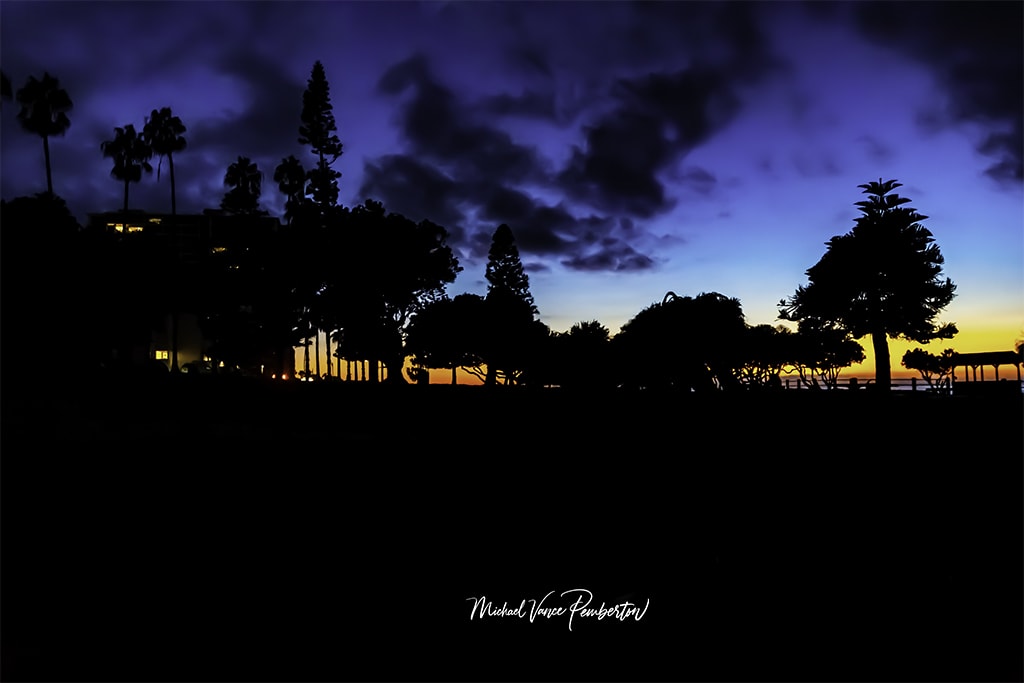
Having struggled over the years with images that looked like an amateur had taken them, I thought I had better take photography seriously, do some serious studying, take the knowledge I learned, and go out and practice what I learned.
Immediately, I saw results from what I had learned. My images before were not sharp look terrible. So I want to share what I learned over the 25 years I have been doing photography.
Low light camera settings and techniques.
The one thing I had to get used to was using a high ISO like 3200. The less the light, the higher you have to go. So I set my camera settings as follows Apteure priority, then I put my ISO on automatic ISO, then an F-Stop of 4.0 to 10.0. You want to keep it as low as possible. The lower the number, the more light will go through the lens as the open inside is large. You can use a tripod or not.

If you don’t use a tripod, try to brace yourself and the camera against something to help you with your shot. The shutter speed will be slow due to the low-light situation you are shooting in. Even with a high ISO, it could still be slow, and any movement will cause your shot to be blurry.

You can always use your camera’s flash, but I prefer natural light if possible. In the beach shot above, I used the camera’s flash; it came out pretty good, but I wish I had my tripod with me and used a longer shutter speed with natural light.

Something else I do is look around to see if there might be some other source of light to use. For example, I was at a local car show early in the morning when I saw this classic car pull up and leave its door open, and its lights were on. So I lay on the ground and got what I think is a pretty cool shoot using the car’s lights.
Photography is all about light; without it, there is no photography. So finding ways to add light to the area you photograph is essential. I even use the light on my IPhone to illuminate something. Be creative; even using a lighter can help on something small you are photographing.

Conclusion.
Don’t be afraid to go out and photograph in low-light situations. Learn your edit software because you will need to reduce the noise in your images. Have fun and be creative; you might be surprised how beautiful some photos are taken when there is not much light.


Recent Posts
In shadows cast by love's deceitful guise,He wandered blind, his heart the captive prize.Through realms unknown, where truth remained concealed,He followed trails of falsehood, unrevealed. Blinded...
Prepare to be amazed as the MCAS Cherry Point Air Show returns on May 11-12. This annual event, hosted by the Marine Corps Air Station (MCAS) Cherry Point in North Carolina, promises a weekend of...